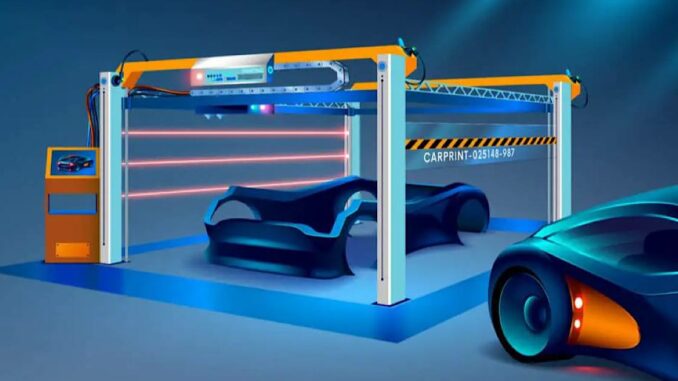
The global market for 3D printers is expected to grow rapidly during the forecast period (2026-2040) and will reach a value of USD 839 billion by the year 2040. With its ability to produce high-quality, affordable items quickly, the printing industry has found its way into numerous industries where it can be used for both small-scale production purposes as well as large-scale manufacturing for industrial uses. The demand for various types of printing is increasing at an alarming pace, and most companies are investing heavily in this space, especially because of their huge potential to reduce overall manufacturing costs and improve efficiencies. According to data released by Allied Market Research (AMR), the demand for 3D printers across different markets globally was valued at around USD 539 million in 2019 and is expected to grow up to around USD 839 million within the next few years.
plans for future projects
Additionally, the market is also predicted to rise on account of the growing use of these machines for mass production. Most printing companies worldwide have already developed some prototypes or plans for future projects. However, the price of such products can only go up once the technology gets to a point where there would be no other alternative. Thus, there is certainly room for improvement and change in the sector of printing to address the issue of competition and to make the experience better for consumers. In addition, such machine has been designed with the intention to make them fit and comfortable and allow more flexibility in terms of print volume. Thus, this article also discusses three major factors that affect the growth and development of the global market of 3D printers.
Firstly, the availability of raw materials and raw materials is one factor that contributes to the profitability of the industry and allows businesses to increase productivity. Raw material suppliers can increase their productivity if they start investing more in new technologies for printing and developing faster and cheaper equipment. Secondly, government support for such developments is also important as it ensures the provision of required infrastructure and funds for further research and development. Thirdly, governments have always encouraged business owners to become more innovative, which will in turn create more demand. Government officials have expressed their confidence in providing incentives for startup companies to enter the market, thus helping encourage domestic players to outgrow regional competitors even if it takes several decades to achieve success. However, all these are temporary circumstances and cannot sustain any of the existing business models.
AMR’s recent report

As per AMR’s recent report, the top ten countries where the adoption of 3D printers is growing fastest are China, Singapore, and Japan. Another prime reason why people are purchasing this type of equipment these days is the cost of producing mass amounts of identical goods. The affordability and ease of usage of such machines allow individuals to obtain them and set up small-scale operations.
Furthermore, many companies are working toward making their own printers, thus creating more competition among them. As for the final factor, the size of the market is another aspect that helps keep the industry afloat. It should be noted that some companies that may have started off offering specialized services like medical imaging, prosthetic parts, etc., are now using 3D printers to cater to individual customers who need customized and innovative solutions. Such innovations might not be available to regular users of such machines, but they definitely help the brand gain customer loyalty.
global 3D printer market
The global 3D printer market is highly fragmented. This means that the industry is extremely competitive. There are numerous companies competing for a share in the market. Moreover, these companies come together for mergers and acquisitions to remain relevant and develop their portfolios even though it might take years for the old company to die off.
For instance, due to COVID-19, many enterprises were forced to shut down factories, and manufacturers had to hire employees elsewhere for assembling new structures. However, with the advent of technological advancement, 3D printers can easily be brought into the mainstream by smaller businesses as well. A lot of local business leaders have recognized the importance of being able to adapt to change and offer customized services, so they are willing to buy other firms’ products instead. All these factors should be taken into consideration when planning to expand and establish your business in such areas. To know more about how you may get opportunities in the industry, check out our guide here!